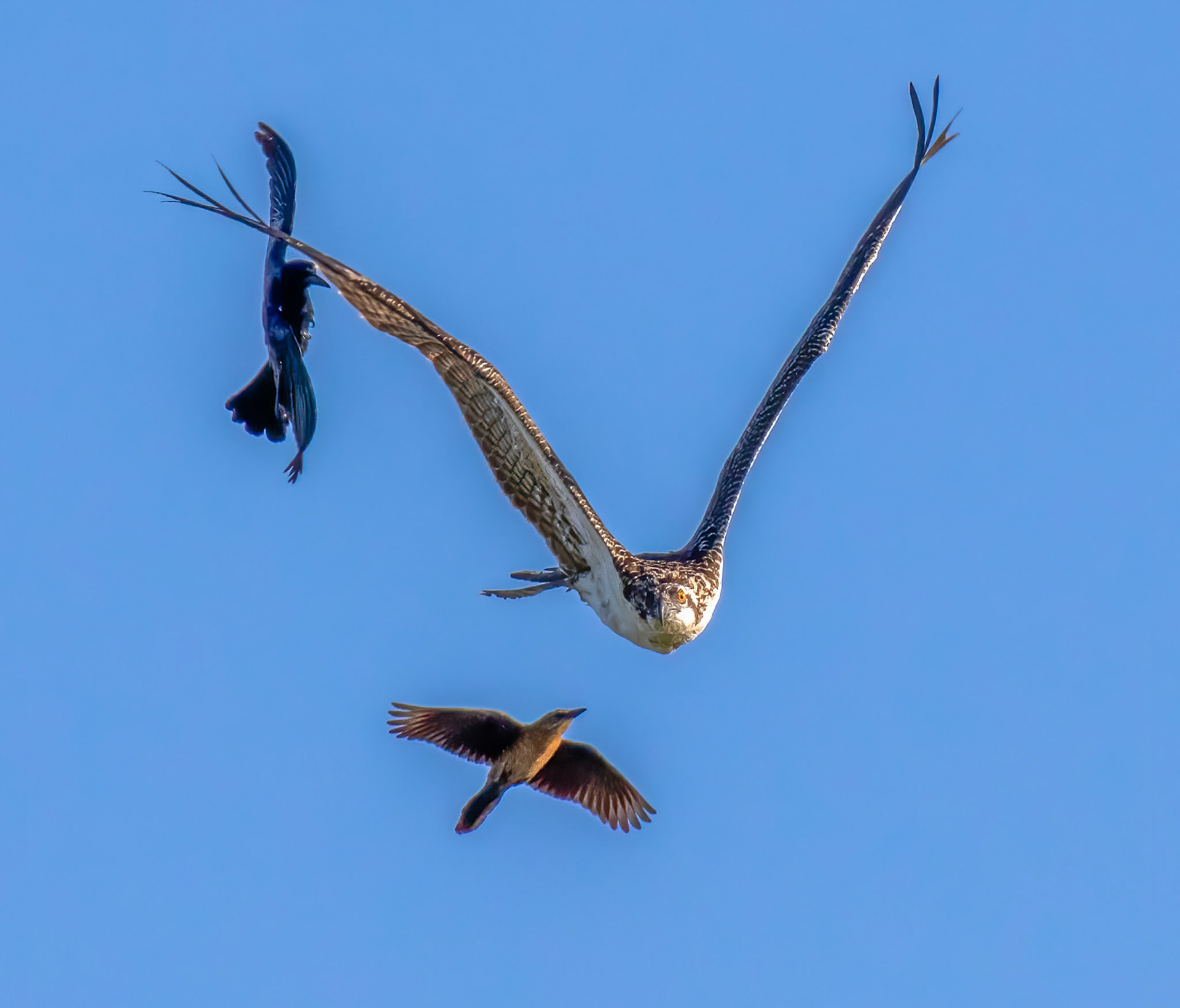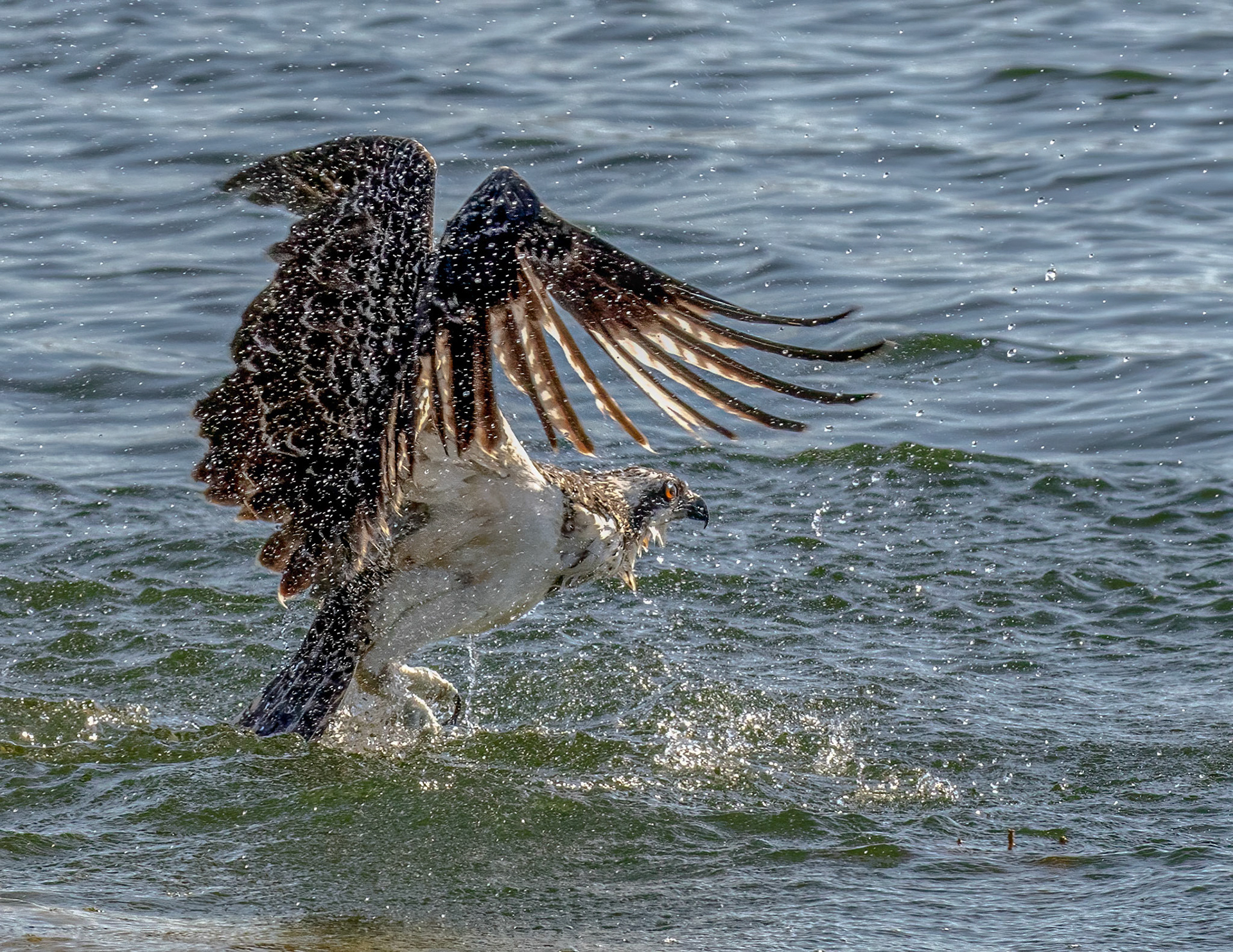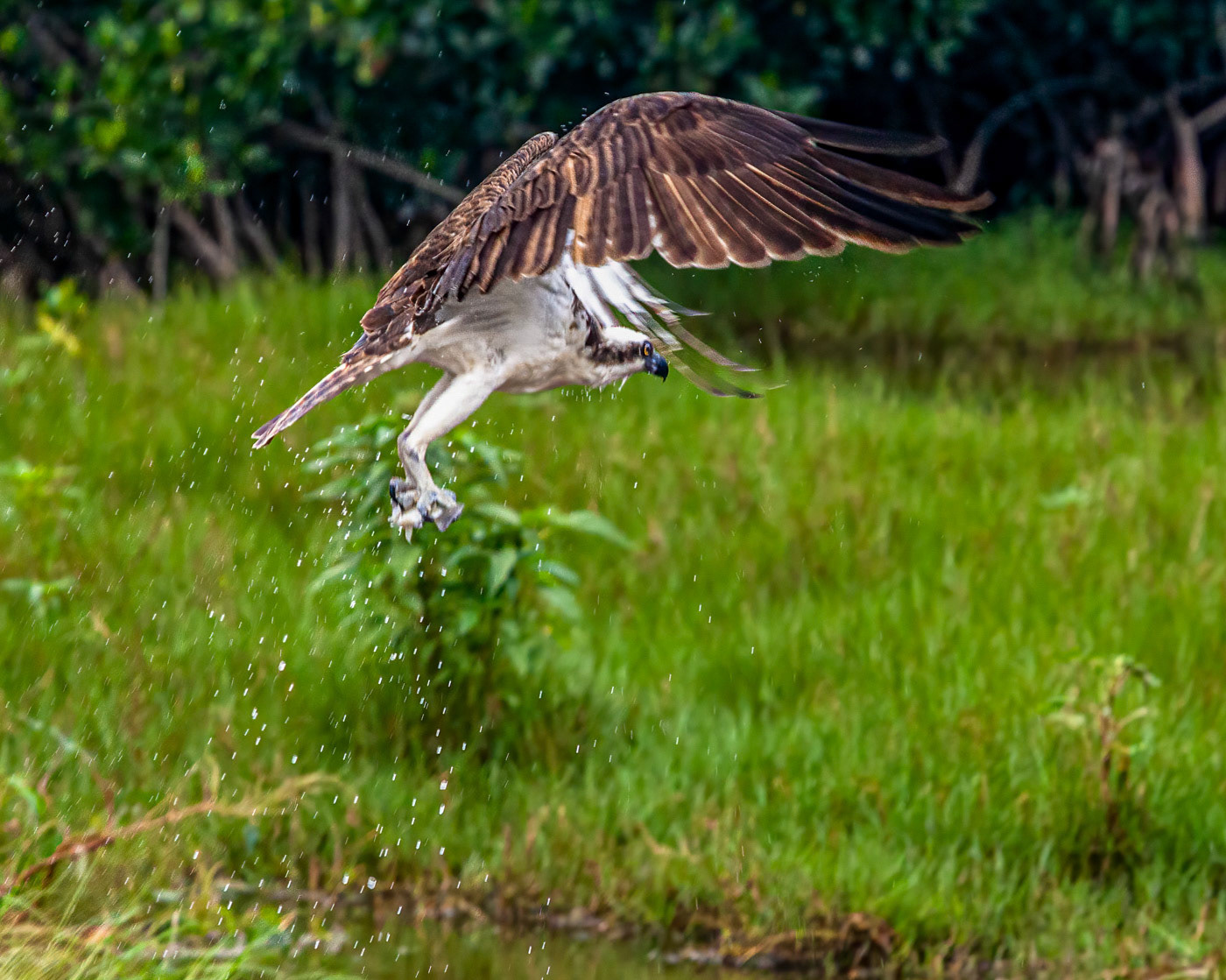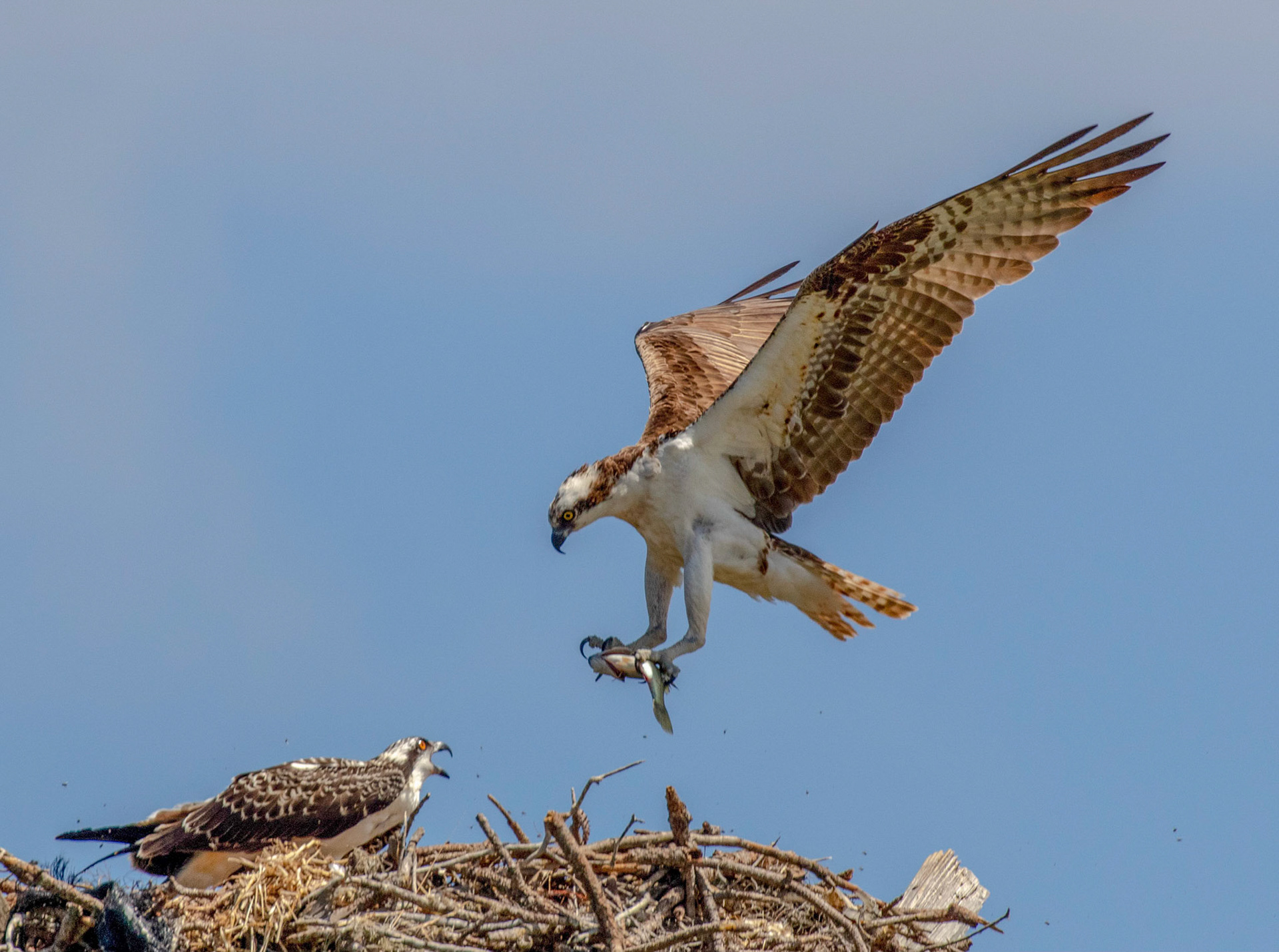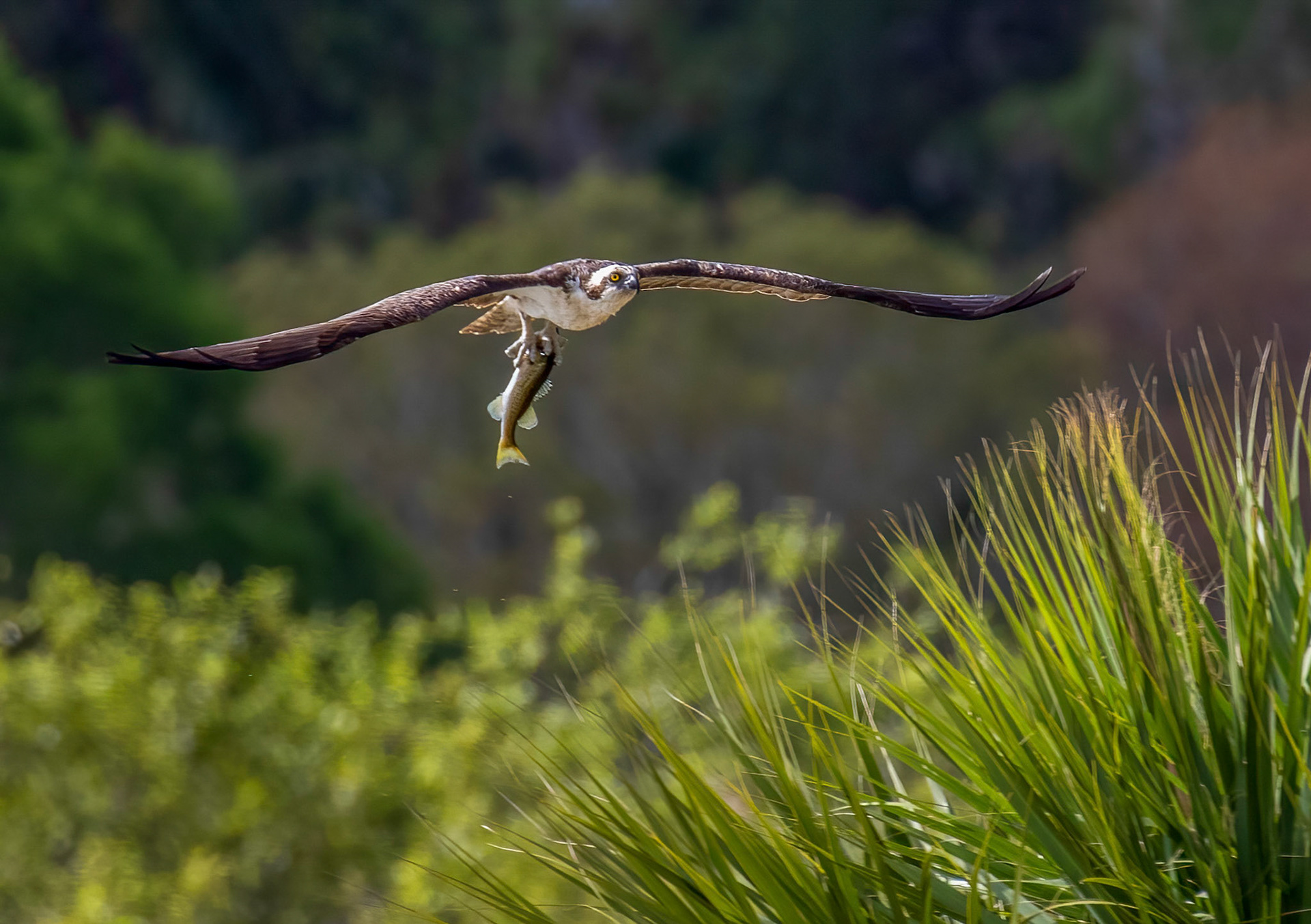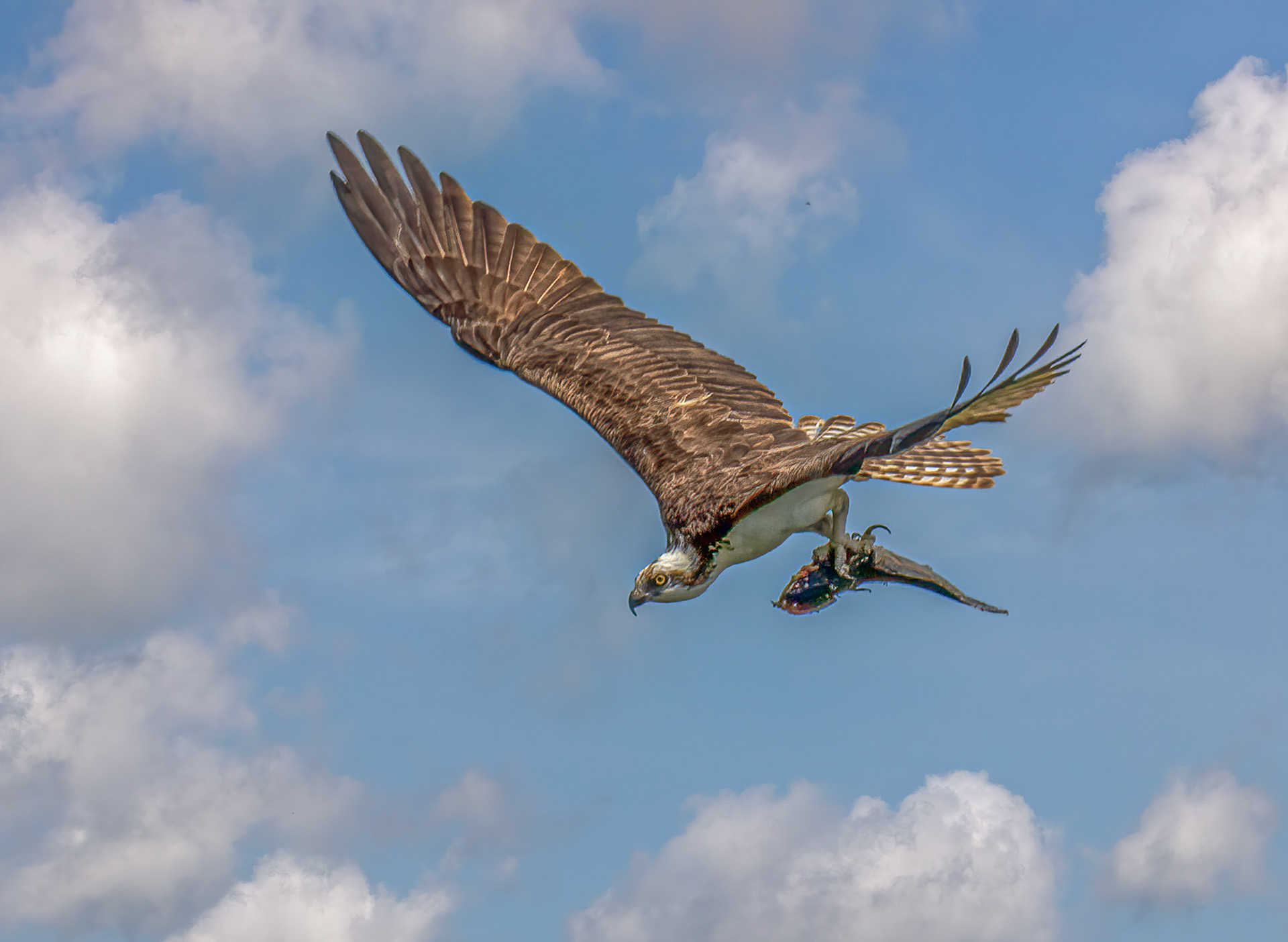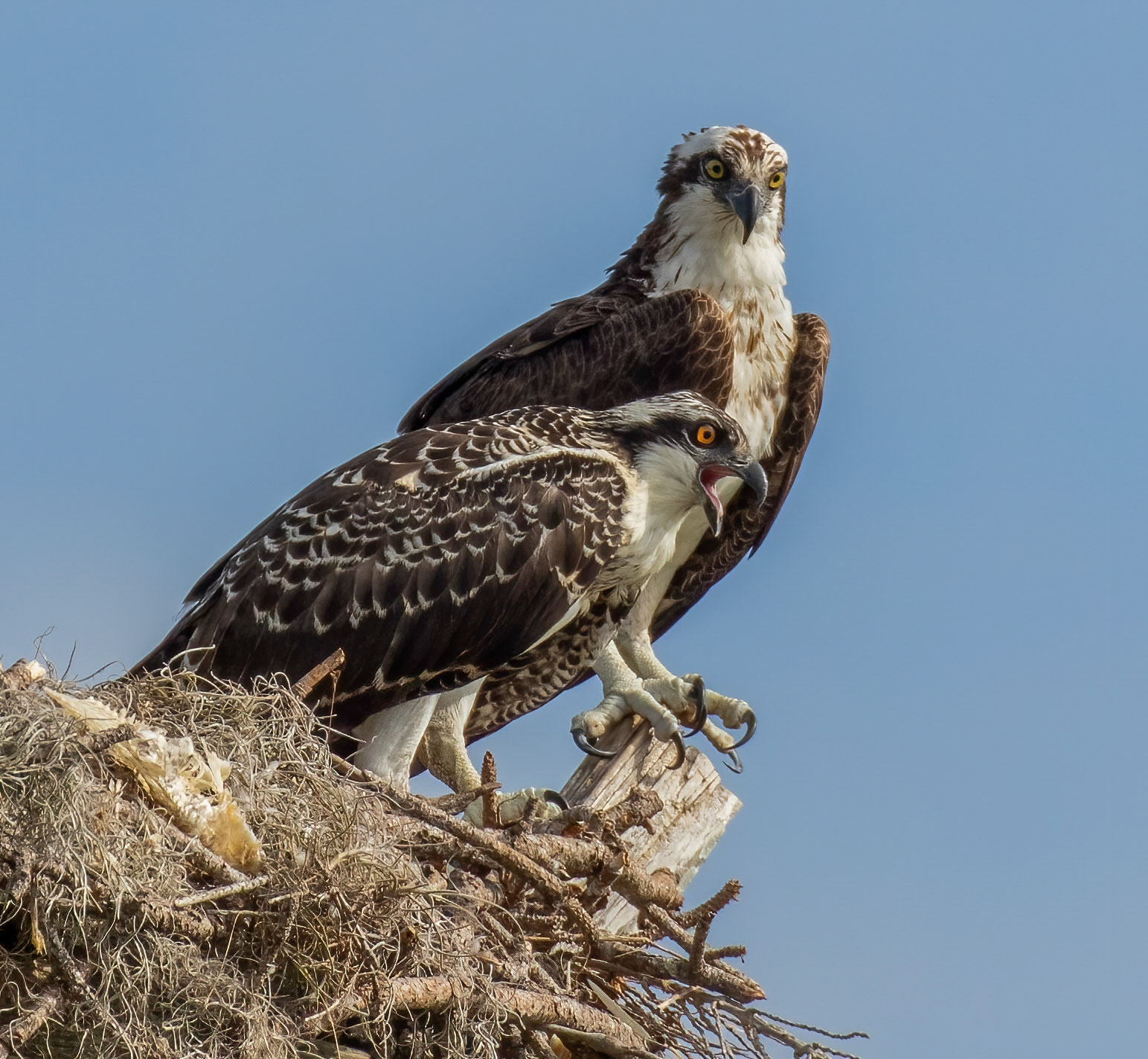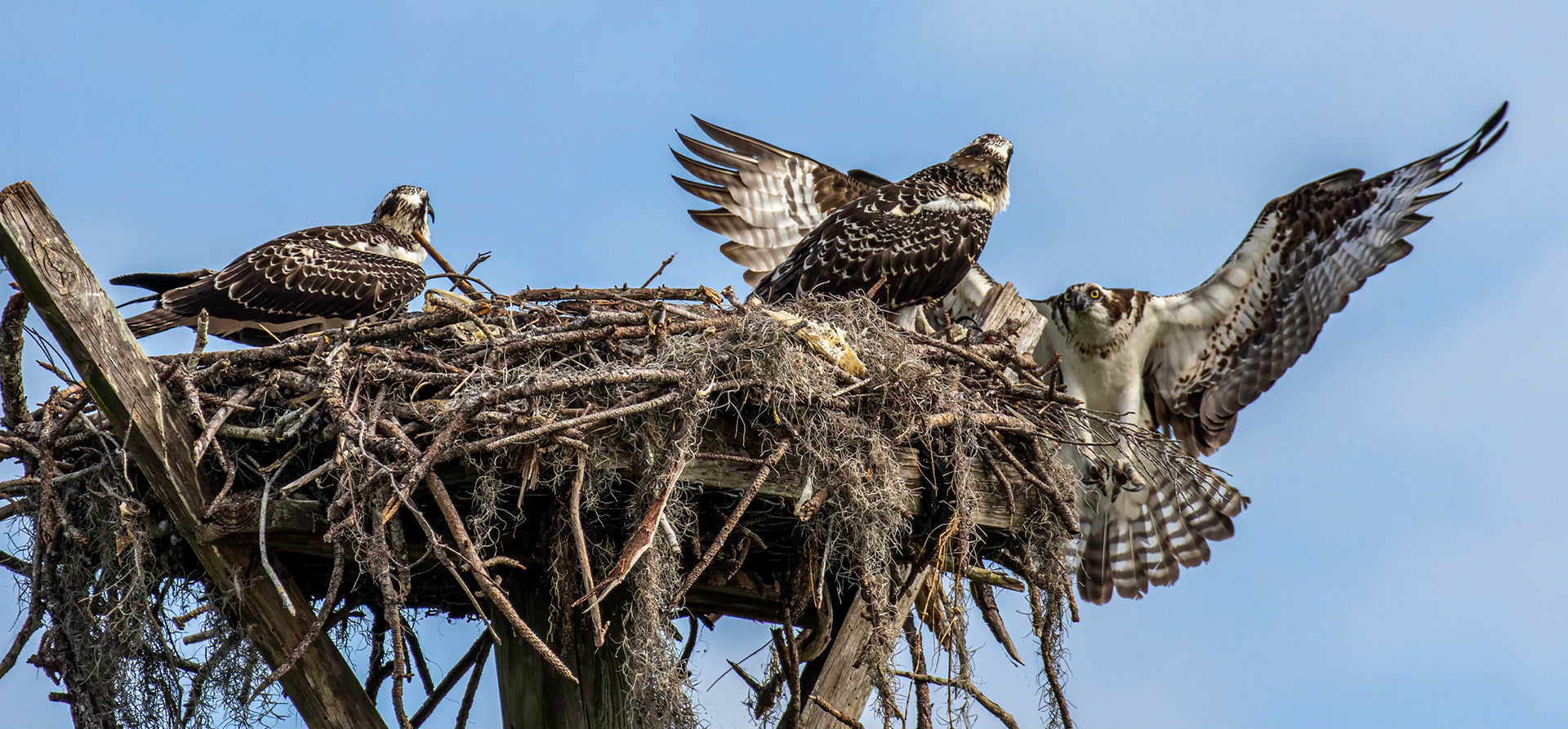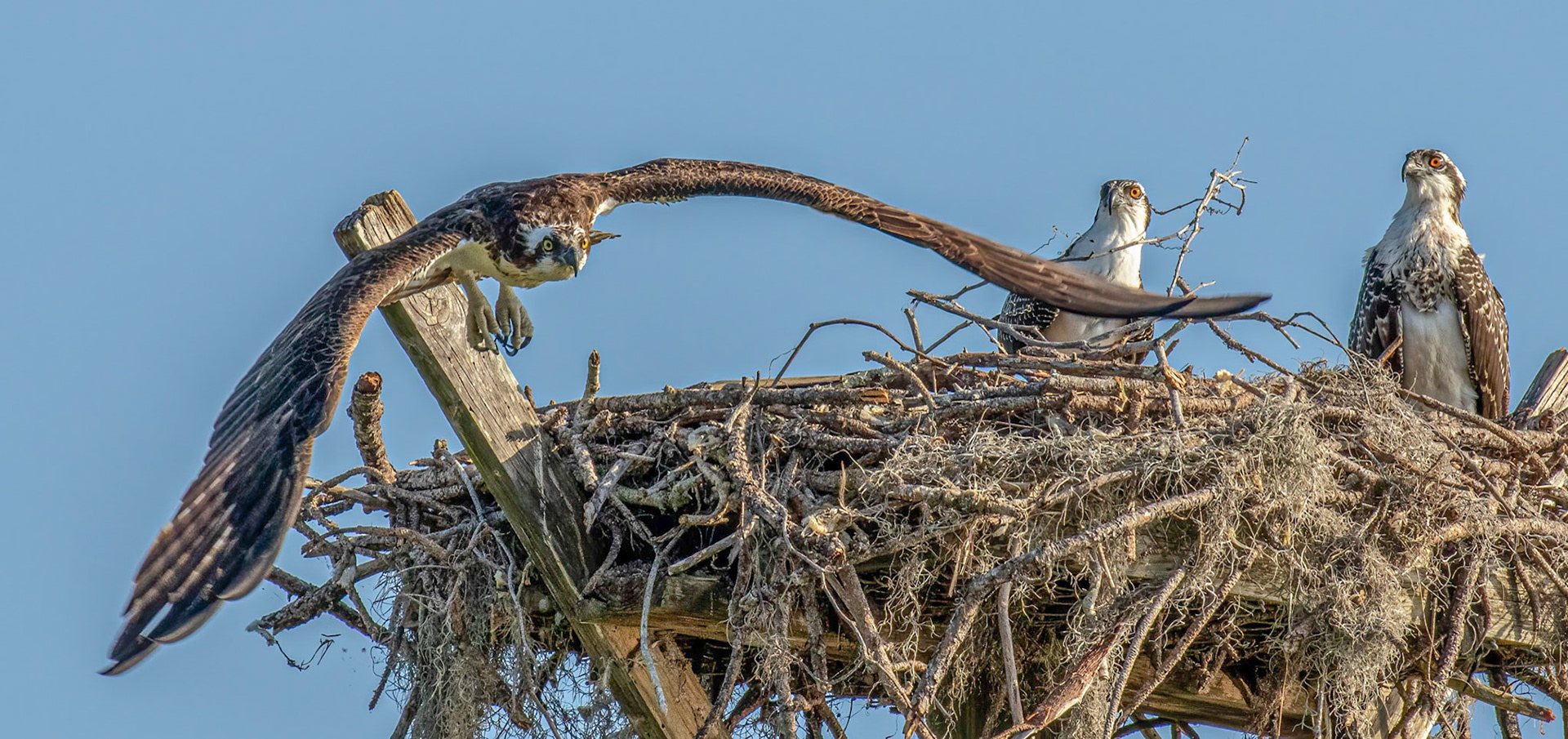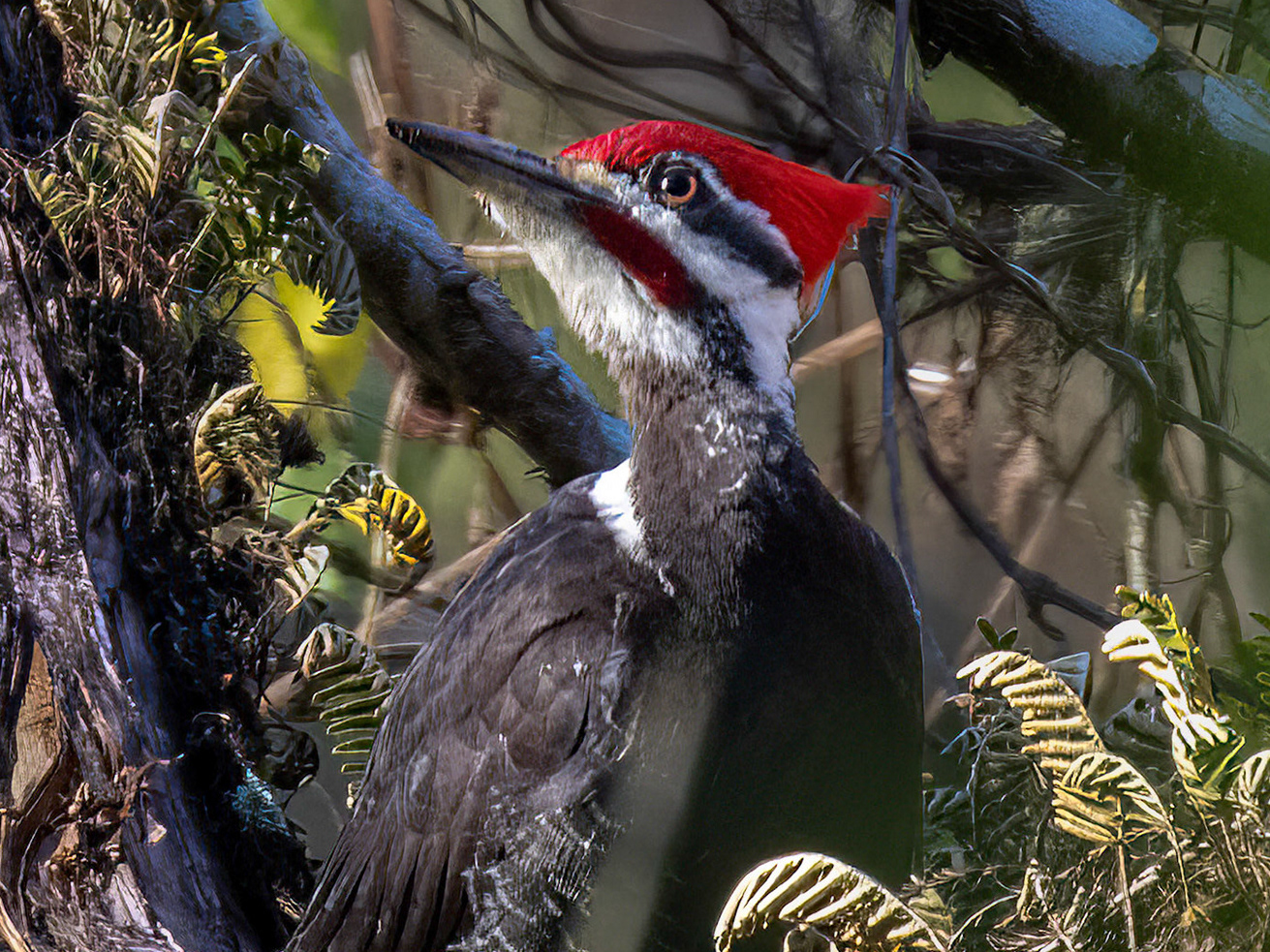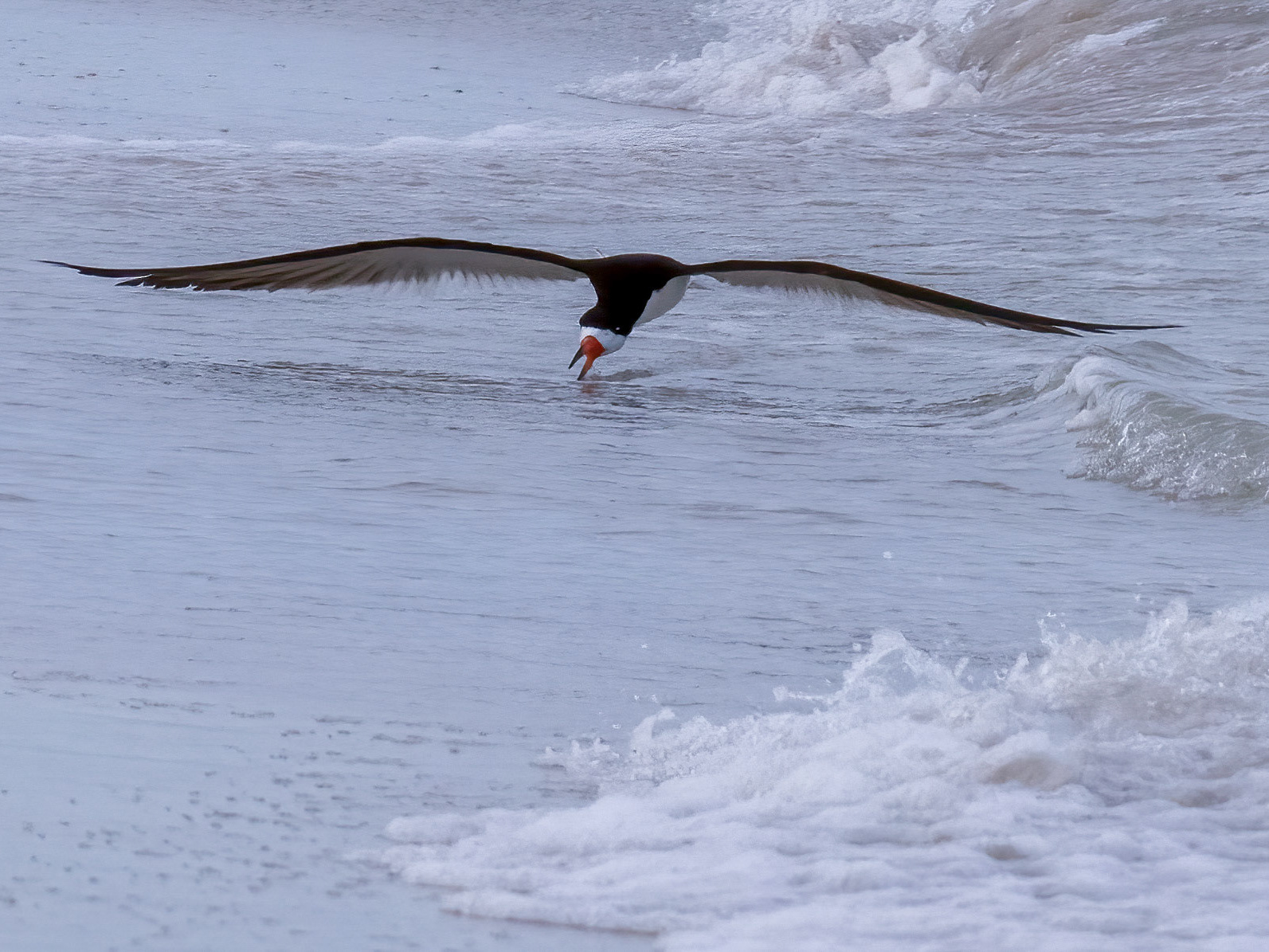
Male & Female foraging together

Boat-tailed Grackle defending their territory

Male & Female Boat-tailed Grackles defending their territory

Mating pair

Male Osprey

Osprey Fishing Sequence

Osprey Fishing Sequence

Osprey Fishing Sequence

Osprey Fishing Sequence

Osprey Fishing Sequence

Osprey Fishing Sequence

Male nest building

Male nest building

Male feeding female during incubation of eggs

Male feeding female during incubation of eggs

Mating pair and young

Mating pair and 2 young Osprey

Both male and female forage for fish as nesting young mature

Juvenile learning to feed on a whole fish

Juvenile preparing to fledge

Branching & preparing to fledge

Ready to fledge

The first juvenile to fledge

2 full grown young & female on right






